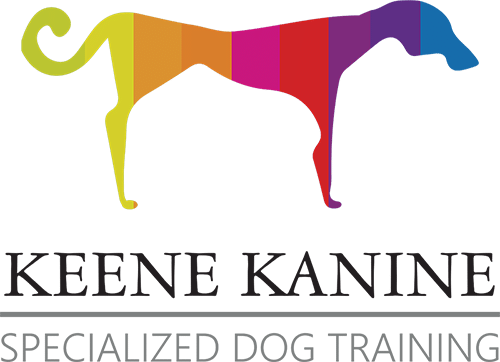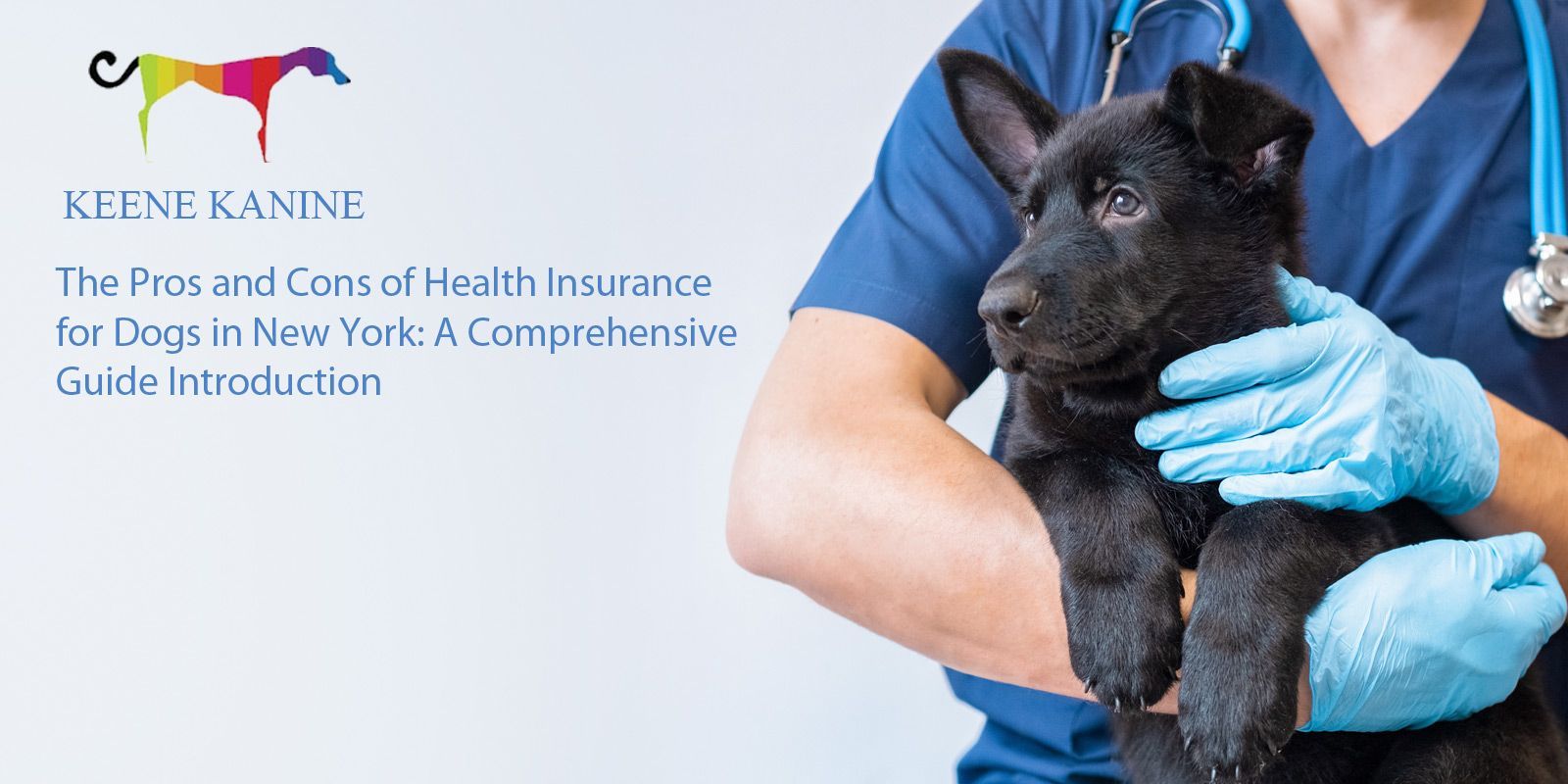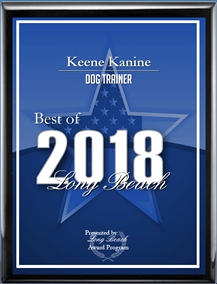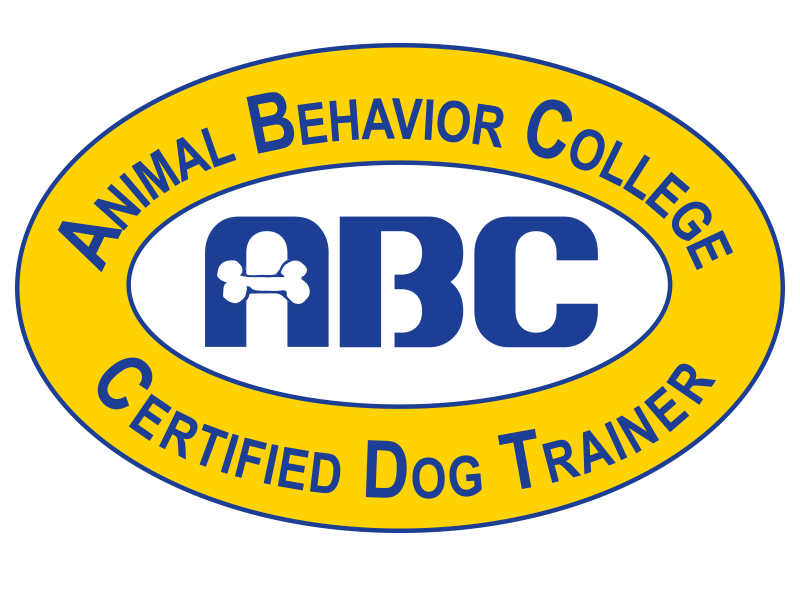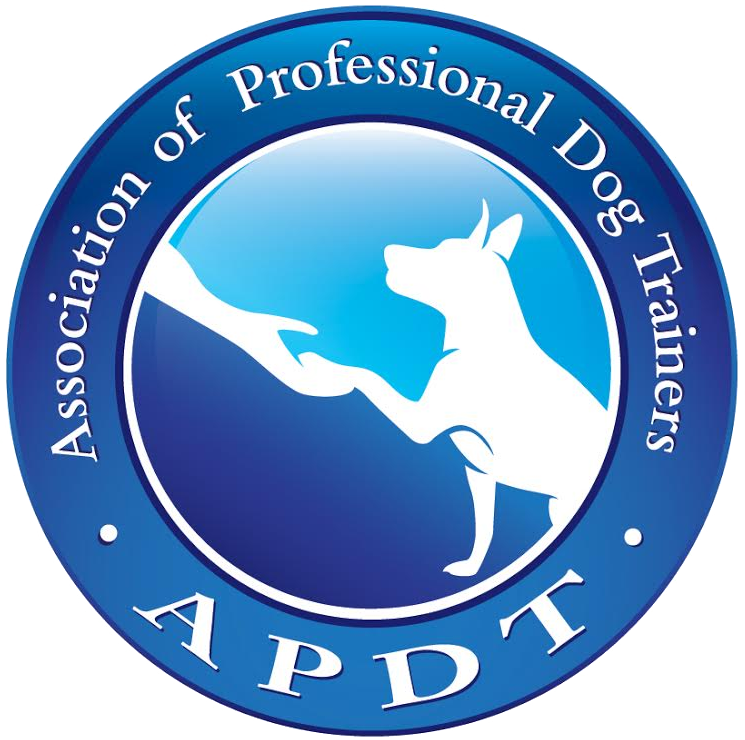Choosing the Right Dog Food What to Look For

A Comprehensive Guide to Nutritional Needs and Ingredients to Avoid
Selecting the right dog food is one of the most fundamental responsibilities of pet ownership. Good nutrition is crucial for your dog's overall health, energy levels, and longevity. With a plethora of options available in pet stores and online, it can be overwhelming to decide what's best for your furry friend. This guide aims to clarify what to prioritize in your dog's diet, as well as the ingredients to avoid, considering different breeds and ages.
Understanding Your Dog's Nutritional Needs
Before diving into specific ingredients, it's essential to have a foundational understanding of what makes a balanced diet for dogs. Generally, dog food should contain the correct proportion of proteins, fats, carbohydrates, vitamins, and minerals. These components work together to support growth, maintenance, and energy.
1. Proteins: Proteins are vital for your dog's growth and development, particularly in puppies and young dogs. High-quality protein sources like chicken, beef, lamb, and fish should be the first ingredients in the food you choose. These proteins help in muscle development and maintenance.
2. Fats: Fats are a concentrated energy source and are essential for your dog's skin and coat health. Omega-3 and Omega-6 fatty acids are particularly beneficial and can often be found in fish oil or flaxseed. Look for dog foods that clearly list these healthy fats.
3. Carbohydrates: While dogs primarily require proteins and fats, carbohydrates provide a valuable source of energy. Whole grains like brown rice and oats, as well as vegetables like sweet potatoes and peas, can be excellent sources. However, some dogs may have sensitivities to grains, making grain-free diets preferable.
4. Vitamins and Minerals: Essential vitamins and minerals support various bodily functions, including bone health and immune system support. A good dog food formulation should include a balanced mix of these nutrients, usually derived from natural sources like fresh fruits and vegetables.
Age-Appropriate Nutrition
Your dog's nutritional requirements will change as they age. Puppies, adult dogs, and senior dogs each have specific dietary needs.
- Puppies require food specifically designed for their growing bodies. Puppy food typically contains higher amounts of protein and fat to support rapid growth and development. Look for formulas that include DHA (docosahexaenoic acid), a fatty acid known to support brain development.
- Adult dogs require maintenance diets that support their energy and health without promoting excessive weight gain, which is especially important for breeds prone to obesity. Formulas should focus on balanced macronutrients and be tailored to the dog's activity level.
- Senior dogs often benefit from lower-calorie diets to help manage their weight, along with additional supplements for joint health, such as glucosamine and chondroitin. Foods higher in fiber can help with digestion and may be beneficial for older dogs with slower metabolisms.
Breed-Specific Considerations
In addition to age, the breed of your dog can influence their nutritional requirements. Large breeds such as Great Danes or St. Bernards need specially formulated food to avoid problems related to growth and bone development. Foods designed for large breeds typically have controlled calcium and phosphorus levels to help manage their rapid growth and reduce the risk of joint issues.
Conversely, small breeds like Chihuahuas or Pomeranians may require food that is higher in calories because of their fast metabolisms. Smaller kibble sizes are also crucial for ensuring that small dogs can chew and digest their food correctly.
Working breeds, such as Border Collies and German Shepherds, tend to have high energy levels and require high-quality protein and fat sources to fuel their active lifestyles. These dogs often do well on formulas designed for active or sporting dogs.
Ingredients to Prioritize
When selecting dog food, carefully read the ingredient list on the packaging. Look for foods that list real meat, such as chicken or beef, as the first ingredient. High-quality meat meals, such as chicken meal or fish meal, are also good options as they contain concentrated protein.
Whole grains, vegetables, and fruits should play a significant role in the ingredients. Look for named sources of fats, like chicken fat or fish oil, which are preferable to generic terms like "animal fat." Whole food sources like sweet potatoes, peas, and carrots provide essential vitamins and minerals while serving as nutritional fillers.
Natural preservatives like tocopherols (vitamin E) are better choices than artificial preservatives like BHA, BHT, or ethoxyquin, which can have negative health implications.
Ingredients to Avoid
Not all ingredients are created equal, and some should be avoided when choosing dog food. First and foremost, steer clear of foods that list unnamed animal by-products. These can include questionable ingredients from low-quality sources and do not provide the same nutritional value as whole meats.
Additionally, watch out for foods that contain fillers such as corn, soy, or wheat. These ingredients can provide cheap calories but offer little nutritional value. Some dogs can also develop sensitivities or allergies to these grain products, leading to digestive issues and skin problems.
Highly processed foods that contain artificial colors, flavors, or preservatives should also be avoided. These ingredients may pose health risks and do not contribute positively to your dog's diet.
Transitioning to a New Food
Once you've identified the right dog food, it's crucial to transition gradually. Sudden changes in diet can lead to digestive upset. Start by mixing a small amount of the new food with the current food, gradually increasing the proportion of new food over about a week. Monitor your dog for any signs of gastrointestinal distress, such as vomiting or diarrhea, and consult your veterinarian if these symptoms occur.
Consulting Your Veterinarian
When in doubt about the best diet for your dog, consult your veterinarian. They can provide personalized recommendations based on your dog's age, breed, activity level, and any specific health concerns. Your vet can also help you understand any special dietary requirements your dog may have and guide you toward quality brands that meet these needs.
Conclusion
Choosing the right dog food is a crucial decision that significantly affects your dog's health, well-being, and quality of life. By understanding your dog's nutritional needs, considering factors like age and breed, and being mindful of ingredient quality, you can make informed choices that will benefit your furry friend. Ultimately, investing time in selecting the right food will lead to a happier, healthier, and longer life for your beloved pet.

